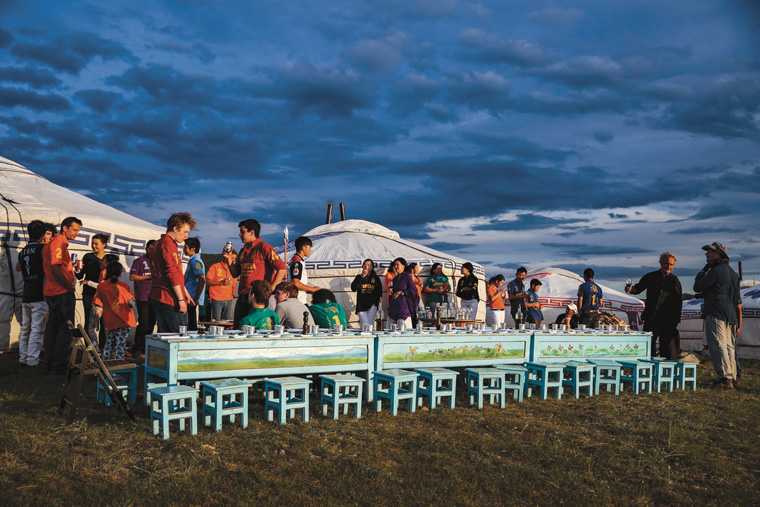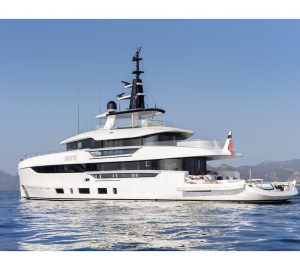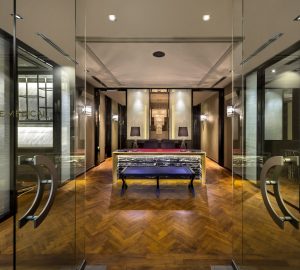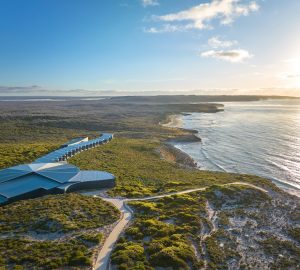High life on the Mongolian Steppes
A luxurious experience on the vast grasslands in the land of the blue sky is not about having your creature comforts, but the privilege to witness glorious sights and immerse in the nomadic lifestyle
For the last 30 minutes, we seem to be driving into a ball of glowing ember that is disappearing into the horizon amid a tie-dye tapestry of lilacs and pinks. By the end of our seven-hour journey from Ulaanbaatar, an inky darkness has descended upon us. If the Mongolian sunset is a sight to behold, the night skies of Mongolia is an infinite starlit canvas beyond my imagination. But under these skies, it is pitch dark at the campsite I have arrived at.
So when I wake up the next morning, I am unprepared for the sights outside my ger. A plateau fringed by forested hills lies at the foot of the ridge on which my ger – one out of 40 in a camp – stands. A river the colour of molten silver runs through the valley, while the soft, rhythmic bleating of sheep grazing on its banks bounces off the lush glade. I am at the Genghis Khan Retreat in Orkhon National Park, 400km west of Ulaanbaatar.
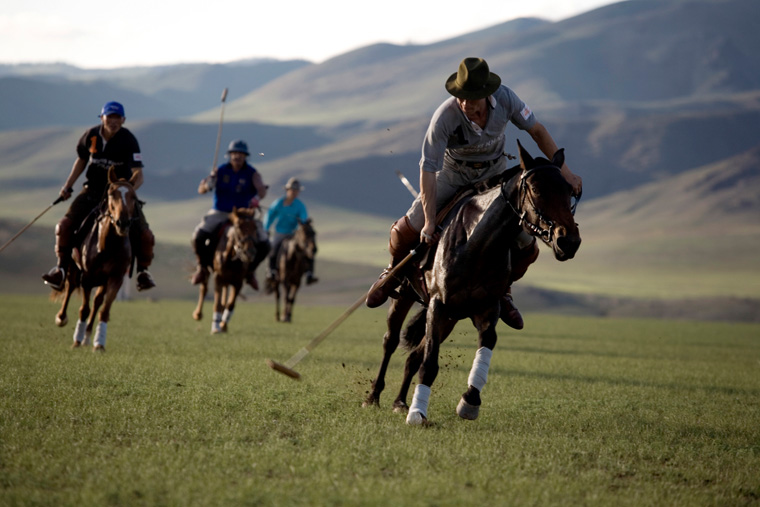
Formerly known as the Genghis Khan Polo Camp, the camp has been popping up on the same spot every summer since the 1990s. Just three years ago, it was rebranded as the Genghis Khan Retreat to more accurately reflect the range of activities offered at the camp. These run the gamut of archery, rock-climbing, fishing in the Orkhon river, cycling, and also field excursions (it’s just a 30-minute drive to the ancient city of Karakorum). Horse riding and polo remain at the heart of what it does, which is to bring polo back to the steppes (the dream of founder Christopher Giercke who is German by birth and married to a Mongolian) and also provide better opportunities for nomadic children. Besides the name change, the camp also started taking in bookings from the public. Prior to this, it was only open to friends and family, and a very select group of guests. D’Artagnan Giercke, Christopher’s second son and general manager of the camp, shares that becoming self-sustainable is a priority. Just this year, the camp, which is still owned and managed by the same people, has also become available for booking under the Pavilions Hotels & Resorts owned by Gordon Oldham, a good friend of Christopher’s.
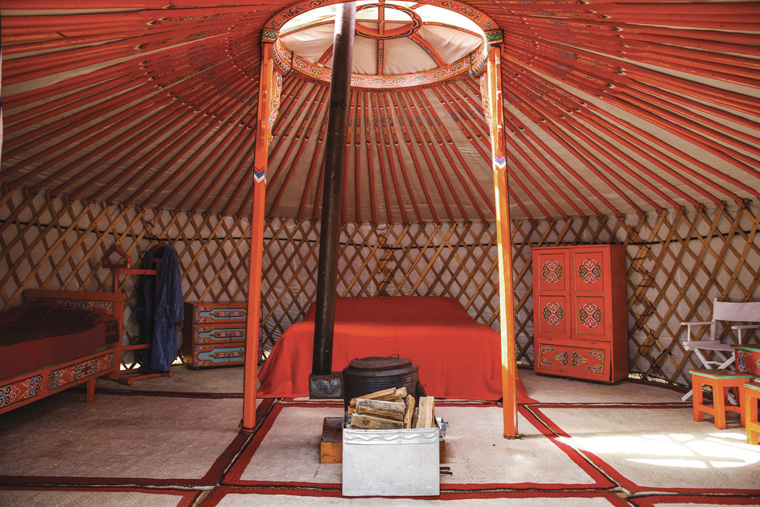
On this luxury ger camp, you will not find the usual reference points of luxury, such as 800-threadcount bed sheets or a Dyson hairdryer. Luxury here is understated and in the details. The walls and floors of the gers are lined with thick layers of sheep wool, providing insulation against the harsh Mongolian winds while you sleep under the finest cashmere blanket (Christopher also supplies cashmere to Hermès). There are outdoor showers overlooking verdant vistas, and lacquered Japanese bathtubs indoors for those who prefer a soak. The kitchen is helmed by Mingmar Sherpa, a Nepalese chef who turns out spaghetti bolognese and fried Mongolian dumplings known as khuushuur with as much finesse as he whips up Nepalese curries. A massage therapist and a yoga instructor are available as well. Resident shaman, Shiva, conducts blessing ceremonies, and is in high demand for bone setting.
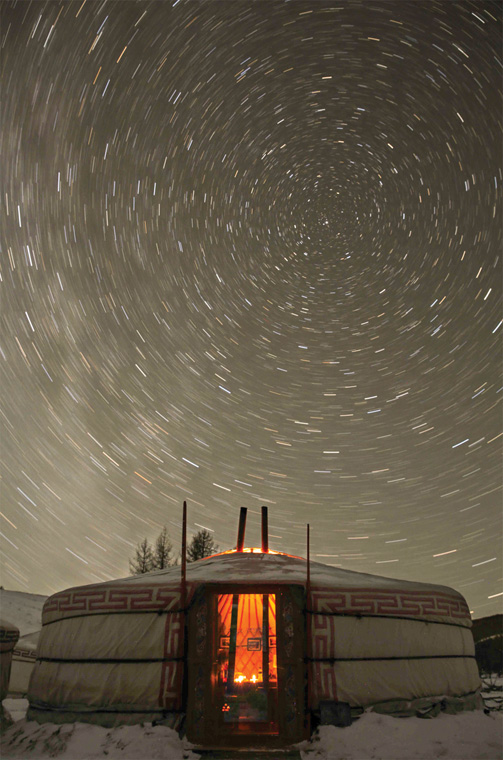
What I particularly enjoy are the long gallops across the steppes where my heart feels as expansive as the land before me: edelweiss-strewn fields where grazing cows gaze curiously at us. The daily stick-and-ball sessions pay off as I begin to hit the ball with more accuracy and force at increasing paces. On my last day, we play a chukka between four in groups of two. I don’t remember which team won but I remember the joy and laughter on the polo field that afternoon.
Arriving at end August, I have missed the camp in full swing, which is in July and early August. But as one of the last guests, I join the closing party. All the nomads (and their families) who have worked or helped out at the camp show up. Some have worked on the camp since it started. D’Artagnan grew up with some of their children, now in their twenties. Some even met their spouses at the camp. For an outsider, it felt strangely heartwarming to be in the midst of this large extended “family” gathering. As a big bowl of airag (fermented mare’s milk) made its way around the dining ger, the locals took turns to sing. I imagine their plaintive singing undulating through the air, out of the ger and over a limitless expanse that lies under the blackest sky punctuated with countless twinkling stars, and my heart swells with joy.
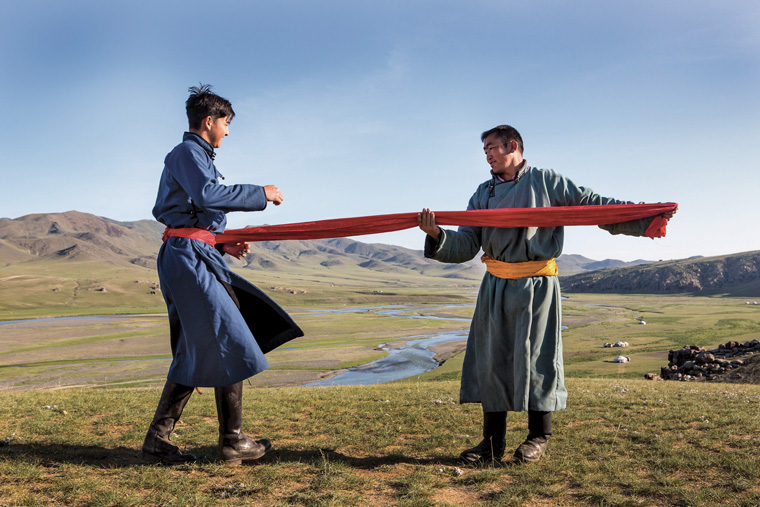
Stopover in Ulaanbaatar
The gateway to the country for foreign visitors, grey and dusty Ulaanbaatar is a sharp contrast to the countryside that lies beyond it. But a short stay in Ulaanbaatar to refresh before flying home is a must. Besides, there is gorgeous Mongolian cashmere to stock up before leaving.
Within walking distance to Galleria where top cashmere brands Gobi Cashmere and Goyol are housed is Shangri-la Ulaanbaatar, the city’s newest luxury hotel. Besides well-appointed rooms and sumptuous dining options (the Chinese restaurant is said to be the best in the city), Shangri-la is also where I got a glimpse of Ulaanbaatar’s high society.
Closer to the famous Naran Tuul market is the Kempinski Hotel Khan Palace, another international five-star hotel. I opted for some tapas at the bar even though the Japanese teppanyaki restaurant is highly recommended, as I wanted a quick dinner. I had earlier surrendered my sore muscles to the ministrations of a massage therapist at the hotel’s spa. Thus reduced to putty, I found the bed extremely inviting.
For those wanting to extend the ger experience, the Terelj National Park, less than 90 minutes away by car, is home to the Alungoo Ger Hotel. The luxury gers onsite have heated flooring, en suite toilets and showers. Sign up for trekking, horse riding and even visit nomadic families here too.
Visit Genghis Khan Retreat or Pavilions.



